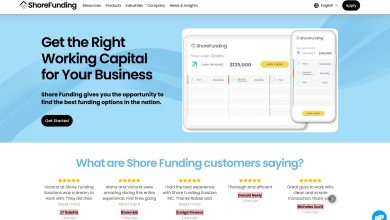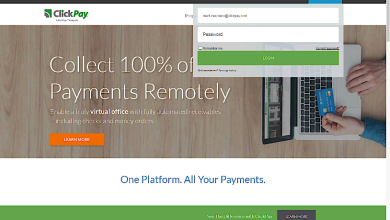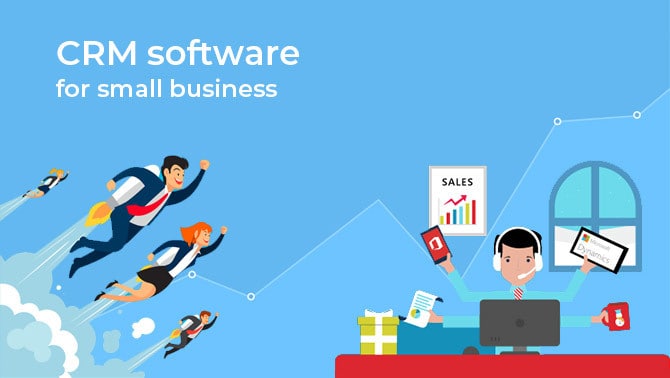
Since the world is evolving digitized and we spend the majority of our time gazing at a screen, without any doubt, every successful succinct business is partaking in a startup app development solution.
We netizens well know that the Playstore and App Store are swamped with a plethora of mobile applications – business, lifestyle, academic, on-demand, and so on. However, it is also critical to recognize early on that only a small percentage of apps become popular.
According to some research, only a limited percentage of startups thrive, and most startups repeat some basic glitches. Of course, the initial step in your entrepreneurial journey should be to look before you jump.
Investigate the market closely
Yes, the first step to informing everything you do moving ahead is complete market research. You must be familiar with the present offering on the market and use this information to identify a gap your app will cover and cater to a new, full solution to the problem you’re tackling.
Detailed market research should aid you in gauging:
- Who are your competitors?
- What’s their strategy?
- What are their strengths and weaknesses?
- What are their customers saying in the reviews and on social media?
- What’s their unique marketing point?
When you know the facts of these problems, you’ll be able to avoid your competitors’ blunders, double down on winning techniques, and clearly describe your unique perspective on the problem and how to solve it. There are dozens of mobile applications available, and this is your chance to make yours stand out.
Identify your elevator pitch and your target market
Can you articulate what your app’s purpose is? Can you describe how it differs from your website and how it is used? For business owners and marketers, this is probably the most daunting phase. It’s difficult to condense all of your ideas into one or two lines with a clear purpose, but it’s also one of the most important tasks in assuring your app’s success.
It’s time to Identify:
- What will be the app’s key feature?
- Why would people want to use it?
- What is the added value compared to a mobile website?
- Which business objectives will it help you achieve?
- What audience will benefit from it?
- What does that audience demand and crave?
When answering these questions honestly, you’ll avoid wasting resources on unnecessary app features or marketing to the wrong demographics.
By now, you must be confident in your elevator pitch. If you were in front of a potential investor and they questioned your idea, how would you convey your purpose in only a few sentences in less than a minute? Again, being explicit and clear about your app’s aim early on can help you succeed in a variety of ways, so don’t miss out on this opportunity to be insightful.
Select from native, hybrid, or web apps
Early on, you’ll have to make a few technical decisions, one of which is pivotal. The decision between a native, hybrid, or online app has a lot of consequences for future development and maintenance. That’s why it’s key to integrate your market research and the primary purpose and features you just identified, so you can make the best possible decision.
The key differences between native, hybrid, and mobile apps are:
- The programming languages in which they’re developed: This is controlled by and dependent on your budget, preferred timelines, and experience.
- APIs for native devices are available: This will be determined by the features of the device that you want your application to use.
- Method of distribution: This will have a significant impact on how you promote your app and build your marketing campaigns.
- Compatibility for multi-platform: This varies depending on your targeted audience and the marketplace you’re trying to break into; in most cases, you’ll need to be on both the Apple App Store and the Google Play Store.
Native apps are ideal for tasks that require a lot of processing power, such as gaming or storing images and movies. Besides that, web apps are appropriate for solutions that need to be updated often but don’t require access to the device’s native capabilities.
These two kinds of apps are on different ends of the spectrum, with native applications being the most costly to build, and accessible from app stores, and web applications being relatively rapid and low-cost to create but unable to be marketed in app stores or have users download them to their devices.
Hybrid apps combine the best of both realms: they employ the equal code base for both platforms, can leverage device functionalities, and are available in both app stores. They’re also a good fit for a wide range of app aims and purposes, such as productivity, convenience, and enterprise apps.
Once you’ve settled on your app model, you’ll find it much easier to devote resources and execute your complete development project.
Identify your monetization choices
Yes, an app can help your organization and its bottom line in a variety of ways. The clear one is earning emolument directly through the app, but others might be as simple as offering as a reference for your audience or indirectly supporting other parts of your marketing funnel and expanding your brand’s exposure.
In your business model, what role do you want your app to play? If you want to make a profit directly from your app, now is the time to investigate the app monetization choices:
- Freemium apps: These apps are free to download, but some functionality and contents are hidden behind a paywall and can only be unlocked with a subscription.
- Premium apps: To download a premium app, the user must first purchase this via the app store. Because of the model’s heavy cost, a digital marketing strategy is essential for demonstrating the app’s distinct, greater value over free apps.
- In-app purchases: In this concept, the app is used as an eCommerce sales channel to offer digital or physical things.
- Subscriptions: similar to freemium apps, but it has the added advantage of providing a continuous revenue stream.
- In-app ads: Since there is no charge to the user, this is perhaps the simplest model of all. Yes, just like any other advertising space, it’s crucial to never compromise the user experience to acquire more ad space.
- Sponsorships: Once you have a substantial user base, you can collaborate with specific companies and advertising. It’s a win-win opportunity since brands pay for user behaviors, and your app encourages the user to interact more.
Each road offers benefits and drawbacks, just like any other option. While you can change your mind later, it’s key that you first obtain a good grasp of all the models and then direct your mobile app development toward what better suits your organization.
Strategy for App-store optimization
After all, many of the steps you’ve completed thus far, such as market research, defining your app’s unique purpose, and developing a marketing strategy, have a big impact on your app store optimization plan. Over 60% of all apps are discovered through organic search, which is at the heart of app store discoverability.
It’s pivotal to respect the regulations and best practices of both app stores, and use this as a chance for your application to sparkle with its graphics, features, and unique purpose.
While you won’t be able to (or should) accomplish all of the ASO duties at this stage, it’s a good time to start drawing out your finalized app store UI and ensuring that the development meets your vision.
The core aspects of app store optimization:
- App name: make it easier to spell and speak, and also unique and expressive, while staying within the size constraints (50 characters for iOS, 30 for Android.)
- Keywords: this is solely applicable to iOS, and it’s an extra field where you can enter relevant search words for your application.
- Icon: use a basic, solid idea and a clear color palette. Eliminate minor details and opt for contrasting colors and a basic, clear theme.
- Screenshots: ensure to use some screenshots and caption phrases to tell a tale and emphasize benefits.
- Description: add bullet lists and a call-to-action over the first three lines (before the ‘More…’ link) to effectively highlight the core concepts.
- Preview video: It should be brief and effective, with a clear and ubiquitous message that can be translated into any language.
Know your resources
In an idealistic situation, you’ll be able to publicize your launch date ahead of time to make a buzz around and make folks excitedly wait for it.
You must be mindful of the development period before you for this to happen. According to some estimates, developing and deploying a mobile app might take anywhere from 7 months to more than a year.
As a result, you should begin talking to your developers and technical experts as soon as feasible. This can assist you in more successfully guiding the overall project and allocating appropriate deadlines to various planning and development phases, such as:
- Apply case definition.
- Wireframing.
- Design.
- Coding.
- Mapping of required functionalities.
- Programming language/platform selection.
- Testing.
This is also the perfect time to update your budgeting. The whole development costs can range from under $10,000 for simpler iOS apps to six-figure expenses for a more robust, full-spec software, based on the app’s complexity, functionality, infrastructure, and many other considerations. Remember that this will vary depending on the size of the service, its experience, the required and accessible period, and other factors.
The app’s unwavering support is yet another pricey element. Constant, tracking, analysis of crash data, optimization for the user interface based on comments, and maintenance with operating system upgrades will be required.
Identifying what resources you’ll be dealing with upfront will help you avoid problems and delays later on.
Final Thought
Ultimately, if your app collects confidential data from users, you can publish a privacy policy. This policy should specify what data is obtained and how it will be used.
The advantage of starting this process early is that you’ll have plenty of time to seek legal advice and develop and implement safety protocols within the app.
undoubtedly, one of your app’s most important features is security, and you must assure that it’s implemented upfront in the development process. Your best precious asset is your users’ information, so assure you have systems in place to gather, handle, and keep it, or even to address any security threats.
Once you’ve completed these stages, you’ll be ready to delve into your application development without glitches and you’ll be able to guide it to successful delivery and launch!




